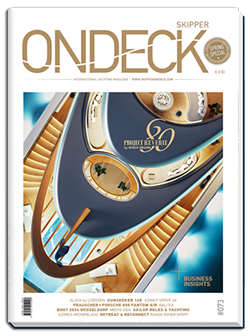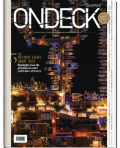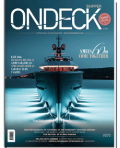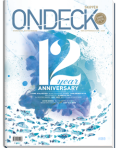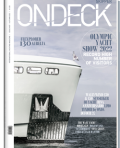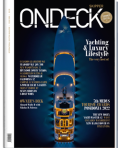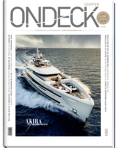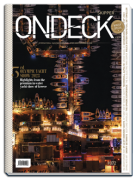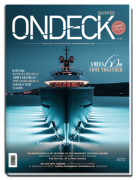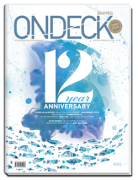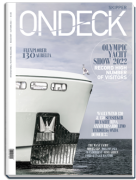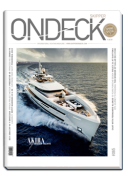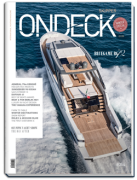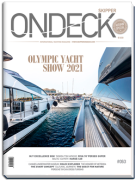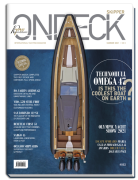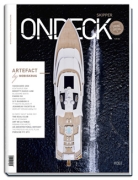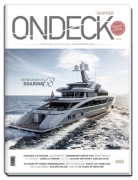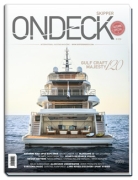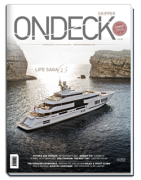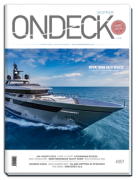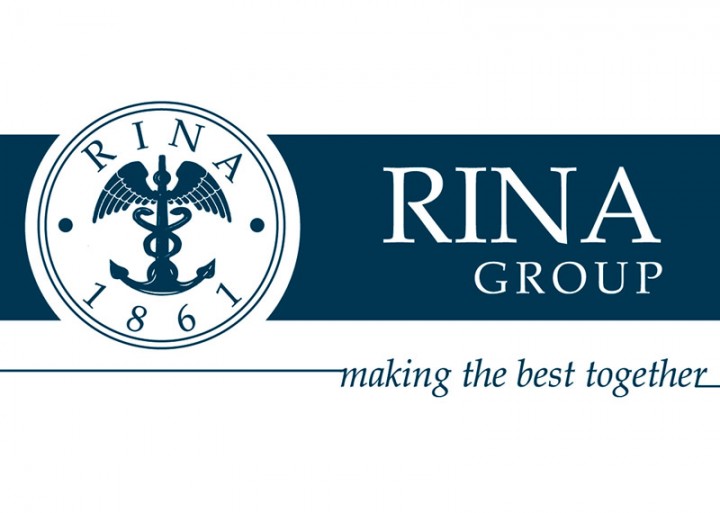
International classification society RINA has developed guidelines for yacht sailing rig analysis, manufacturing and maintenance. The scheme includes full certification of the rig and a verifiable planned maintenance scheme.
Paolo Moretti, General Manager Marine, RINA Group, says: -"This is a new approach to a challenging engineering problem. Until now, sailing yacht classification has focused on the hull and machinery. We think that this is illogical, as sailing yachts depend on their rig. So we are extending class service to cover the rig, from plan approval to in-service regular surveys exploiting the results of an innovative dynamic strength analysis. We see strong demand for this from the increasing number of large sailing yachts built for charter and commercial use, and from flag states that need our expertise to oversee the rig properly. But it is not just for commercial charter yachts, this is for any yacht and we know many private owners want to extend classification to cover this vital part of the yacht.
The new guidelines for sailing rigs have been developed using a bottom–up philosophy, studying rig failures and researching relevant solutions to achieve cost-effective reliability improvement. A database of recorded dis-mastings has been examined using reliability engineering methods. Typical failure modes have been determined. High-risk priority items have been identified. Ad-hoc dynamic strength analyses have been calibrated and actions have been taken to achieve a significant reduction in rig failure rate.
Moretti says:- "We class more yachts than anyone and we have long experience with yachts. We have learned, for example, that a high percentage of dis-mastings are associated with standing rigging failures. As with every complex system, failure rate of sailing rigs usually depends on time, varying over the life cycle, and insufficient knowledge about the rig response to the at-sea behaviour of units, sometimes coupled with lack of proper maintenance, is one of most common root causes of failures. In many cases, captains and crews are not aware of critical information relevant to their rigs and this often leads to wrong sail reduction manoeuvres that overstress the system. As far as the mast calculation is concerned, wave-induced inertial loads are sometimes of the same order of magnitude as aerodynamic loads and have to be taken into account during rig design. Our analysis criteria address those issues and we believe this is a unique service which will see a very high uptake."-
Under RINA requirements for sailing rigs, critical rig items will be surveyed and tested under surveyor attendance. A planned maintenance scheme will be required, and scheduled periodic surveys will be witnessed by class surveyors, supported by approved manufacturers as required. To support the crew and captain, RINA will approve a rig booklet giving guidance for rig maintenance and handling. A feasibility study for onboard accelerometers has been carried out to be used for crew guidance and data recording purposes.
One of the central aspects of RINA certification will be the use of a dedicated computational tool that has been developed to support rig structural design. This software, based on CFD and FEM analysis, is the most advanced in this field and also facilitates the calculation of inertial loads due to hull motion in severe weather conditions.
Owners and yards may opt for different levels of certification schemes. Rig plan approval is available as a stand-alone service. Rig type approval is available for CE yachts under 24 m. There is an additional class notation for yachts L>24 and a mandatory class notation for sailing charter yachts. These are backed by periodic class survey, outfitting testing and type approval certification, manufacturer-certified quality assurance, and manufacturer-certified planned maintenance schemes and certified compliance to statutory requirements.











